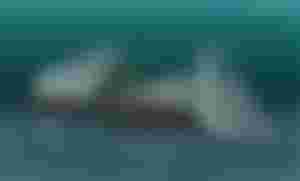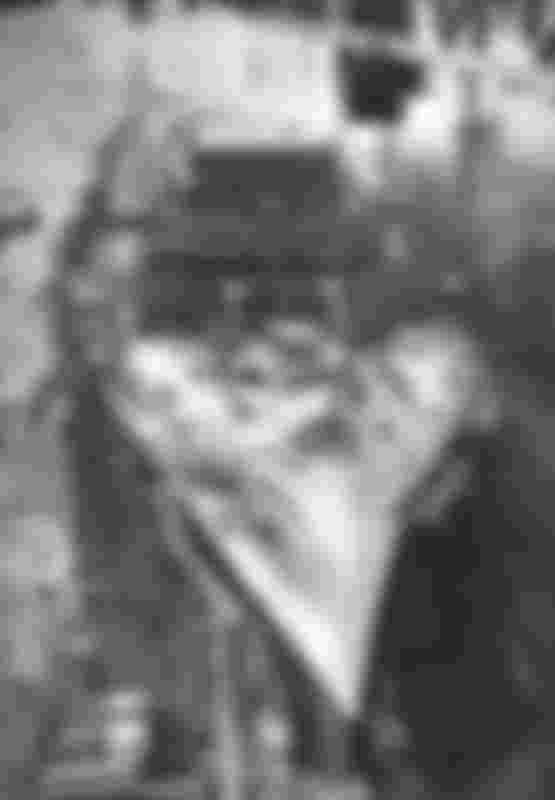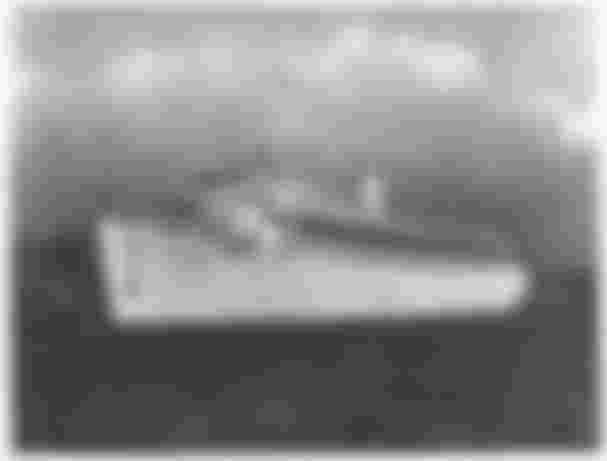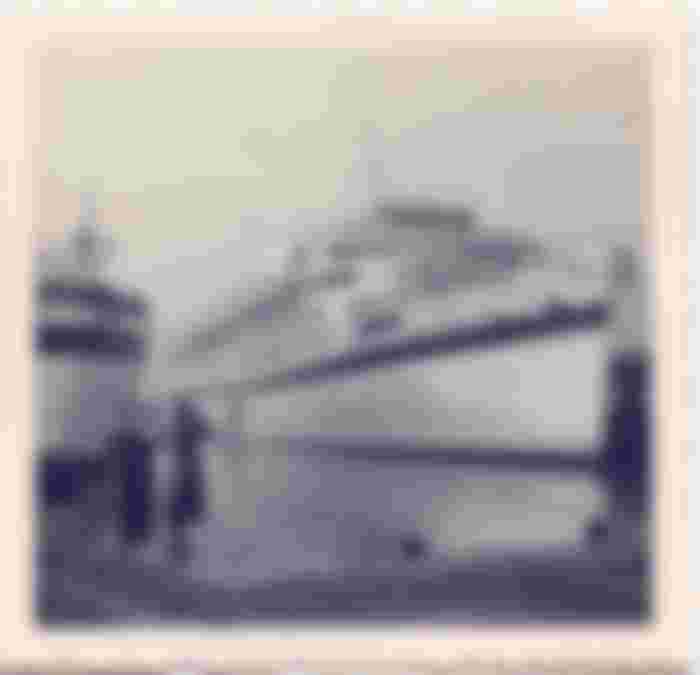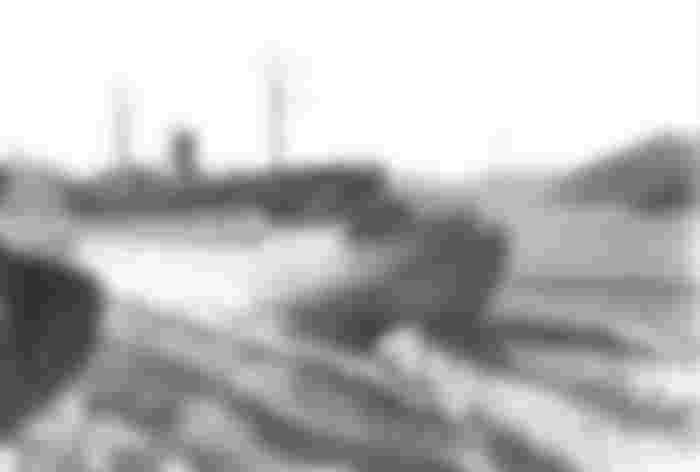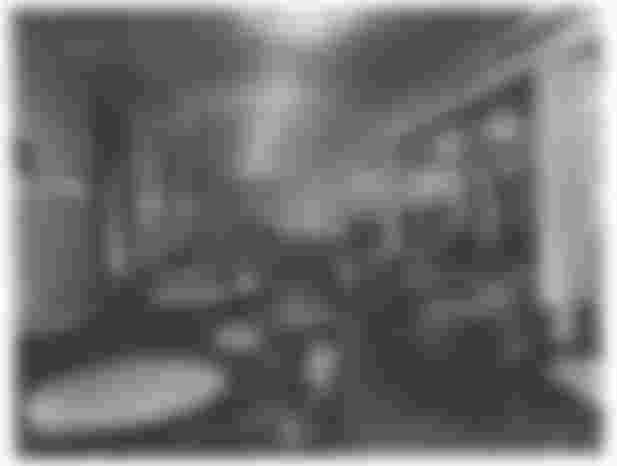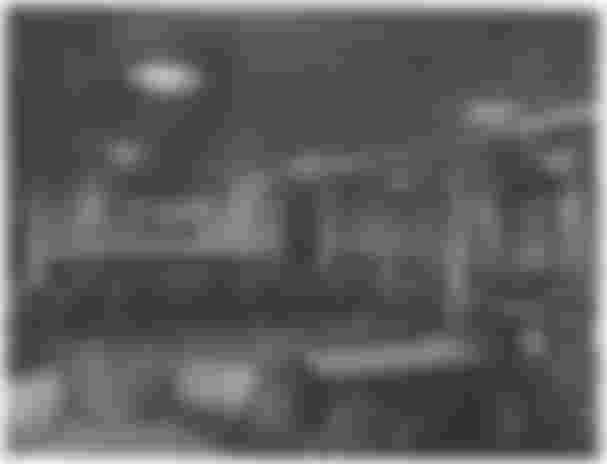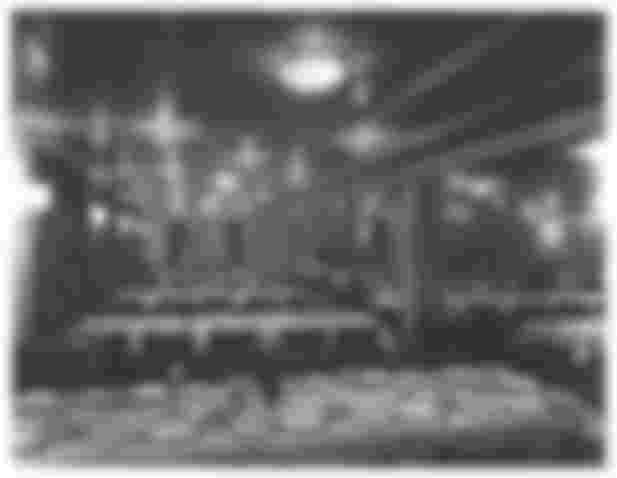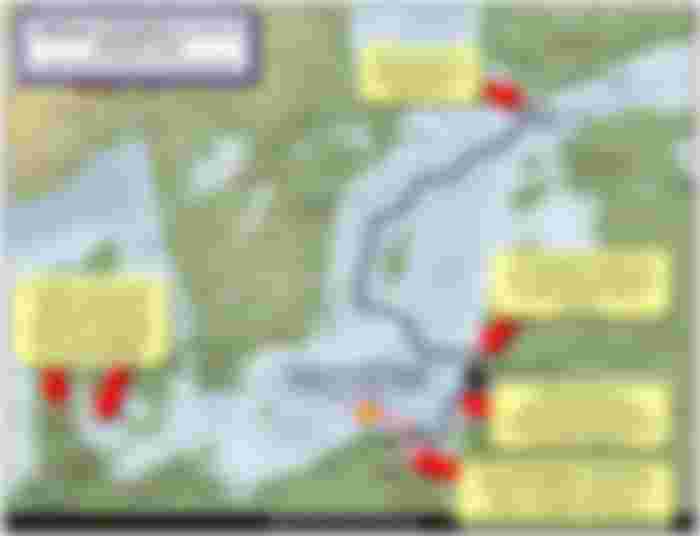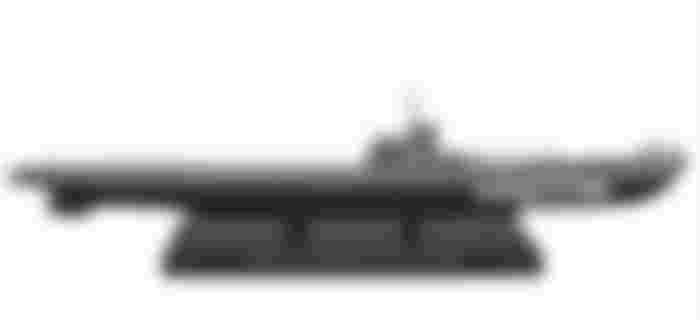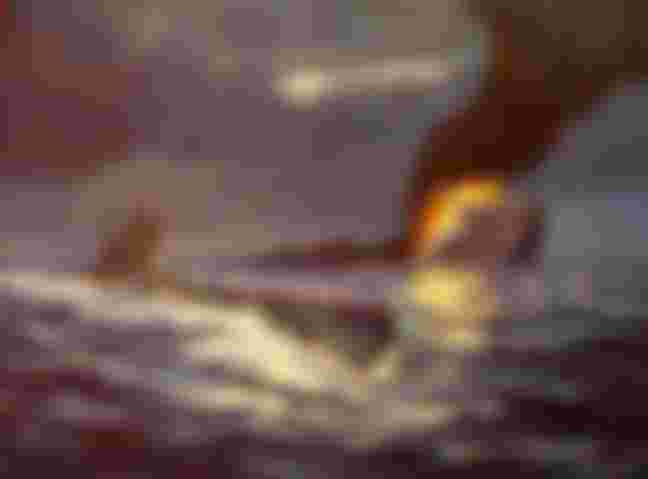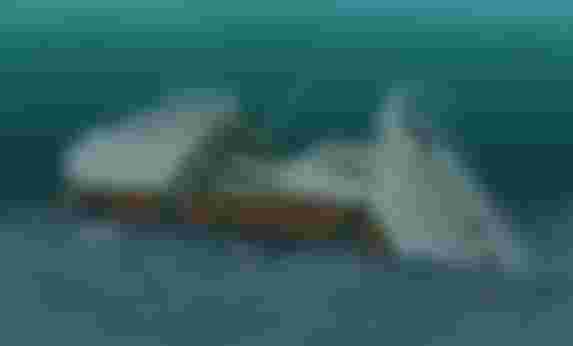In 1945, the Nazi ship was the protagonist of the greatest naval tragedy in history, where more than 10,000 people lost their lives at the hands of the Soviets.

The 'Wilhelm Gustloff' will forever be remembered as the ship where the greatest naval catastrophe in history took place. More than 10,000 victims, most of them civilians, perished inside trying to escape the Soviet advance during World War II. Currently sunk off the Polish coast, where it has been designated a war grave, it is, however, less well known than other more mediatic vessels such as the 'Titanic', on board of which some 1,500 people lost their lives. From cruise ship for the German working class to hospital ship, the memory of this Nazi ship has sadly passed into the annals of history.
CHARACTERISTICS OF THE 'WILHELM GUSTLOFF'.

Length: 208 meters
Beam: 23.6 meters
Prop: 12 meters
Engine: Two MAN diesel turbines and two propellers.
Covers: 8
Height: 55 meters from the keel
Cruising speed: 15.5 knots
Crew: 590 seamen
Maximum capacity: Approximately 1,800 people
A SHIP COMMISSIONED BY HITLER
The 'Wilhelm Gustloff' was built by order of Adolf Hitler in the German shipyard of Blohm & Voss in Hamburg, with the purpose of serving as a holiday cruiser for the German working population. She entered service in March 1938, operated by the Hamburg-Süd Line as part of the 'Kraft durch Freude' or 'strength through joy' program. Her maiden voyage sailed in April for the island of Madeira in Portugal. The ship was equipped with spacious promenade decks and accommodations without class divisions. It also had an indoor swimming pool on E Deck, among other amenities such as spacious kitchens, dining rooms and gymnasiums.
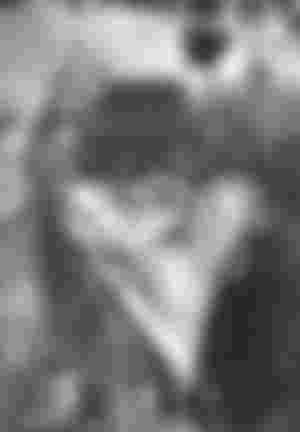
Despite its great potential in the world of leisure and pleasure, it served this function only until 1939, when Hitler sent the liner to Spain to pick up the Condor Legion, the German soldiers who fought alongside Franco in the Spanish Civil War. It was then assigned to Gotenhafen, the name given at the time to the city of Gdynia in Poland. Shortly afterwards, in August of the same year, it was transformed into a 'lazarettschiff' or hospital ship, being anchored in the Polish port of Danzig, today's Gdansk, until May 1940. She then served briefly in Oslo to the wounded of the Wehrmacht, the German armed forces. There she was painted on her white hull with a green stripe along the length of her hull and the emblem of the International Red Cross was added to the smokestack.

This new assignment was short-lived, as the Kriegsmarine, the German navy, used her as a U-boat mother ship. For that purpose she was transferred to the Polish city of Szczecin in October 1940 and was part of the ultimately unexecuted Operation Sea Lion to invade Great Britain. Until 1943, she served as a submarine barracks ship at Gotenhafen (Gdynia) and as accommodation for the navy. During that period, she was repainted in naval gray and her hospital ship characteristics were removed. In addition, machine guns were installed on her deck and she went from healing wounds to provoking them.










Operation Hannibal
With the advance of Soviet forces into German territory through East Prussia, Germans living in the area were forced to flee the war. Faced with this situation, the Kiregsmarine engaged the 'Wilhelm Gustloff' in Operation Hannibal, with the aim of rescuing civilian and military refugees. Among the large maritime units that also joined the operation were cruisers such as the 'Deutschland' and the 'Admiral Scheer', or the ocean liners 'Goya' and 'General von Steuben', although the 'Wilhelm Gustloff' was the largest of them all.

On January 30, 1945, the day the 'Wilhelm Gustloff' was to transfer refugees from Danzig, more than 60,000 people were gathered at the docks. This was one of the two main ports, together with Pillau, from which the Germans were trying to flee the war. The situation led to the ship taking on thousands more travelers than its maximum capacity allowed. Officially some 9,000 people boarded, but the reality is that more than 10,500 ended up inside the ship. Shortly before, the ship's interior pool had been drained to set up an infirmary station, where that day 373 attendants came on board to attend to the wounded.
At around 12 noon, the ship set sail under the command of civilian Captain Friedrich Petersen and Kriegsmarine Captain Wilhelm Zahn. When it came to deciding which route to take, Petersen's decision to go through deep water prevailed. At around 9 p.m., a radio message told the ship that a minesweeper was approaching and that there was a danger of collision. In order not to collide, Petersen gave the order to switch on the navigation lights, which until then had been switched off in order not to be sighted. It was then that the 'Wilhelm Gustloff' was detected by the Soviet submarine S-13, under the command of naval officer Aleksandr Marinesko, who immediately ordered to torpedo it.



A couple of minutes after nine o'clock at night, three of the four torpedoes launched hit the ship. The first hit the bow; the second hit the inner pool, where the nurses were caring for the wounded; and the third hit the stern, in the engine room. In the middle of winter, with sub-zero temperatures, panic set in and prevented an orderly evacuation. The lifeboats were insufficient for the number of people inside. Three quarters of an hour later, the 'Wilhelm Gustloff' hit the seabed at a depth of about 45 meters.

Immediately after the offensive, several vessels escorting the ship went to the site of the sinking. Due to the magnitude of the tragedy, they could do little. Between them, they managed to save about 1,000 survivors, including both captains, who were taken to the Danish King Olaf Hospital. Nevertheless, some 10,000 people perished, in a drama that adds to the horrors of an as always unjust war that broke out just 80 years ago.
